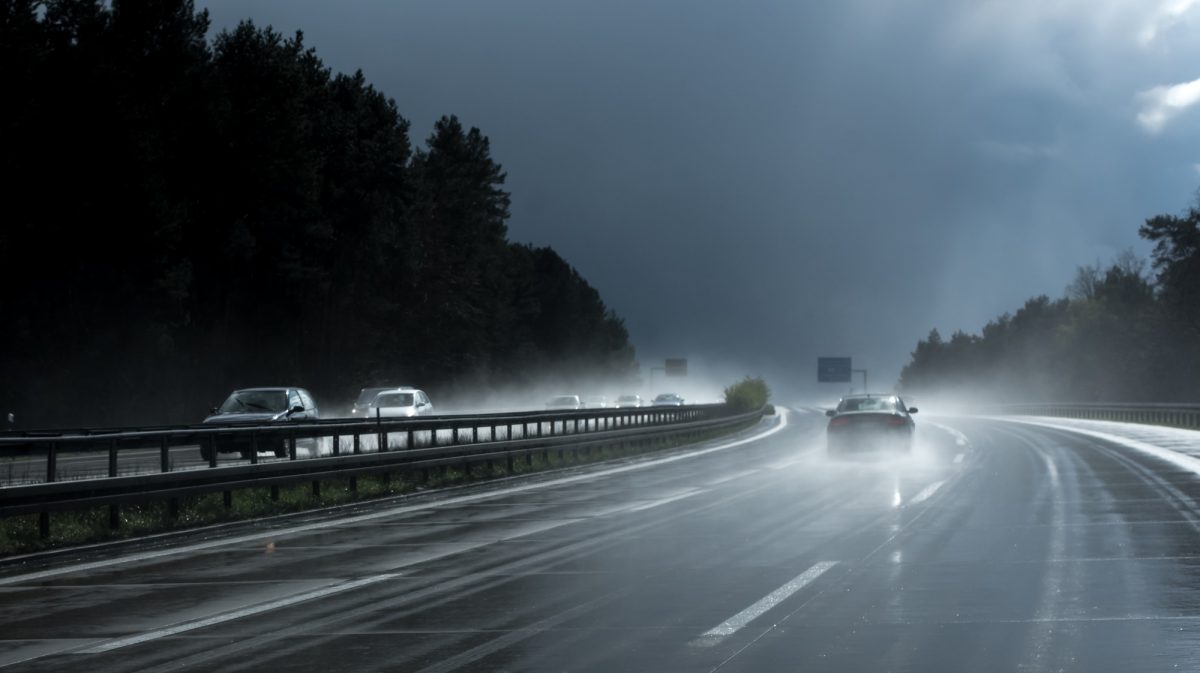
What would you say is the most dangerous driving weather? You might be surprised to learn that it’s not snow or ice, but simply wet pavement.
In fact, 70% of weather-related car crashes are a direct result of wet pavement, which can cause your car to skid out of control. This is also known as hydroplaning.
All car accidents are scary, but hydroplaning is especially terrifying. It can leave you feeling helpless and like you have no control over your car. But remember, if your car hydroplanes, it’s not your fault!
Keep reading to learn more about what causes hydroplaning and how to take precautions when driving in dangerous conditions.
What Causes Hydroplaning?
When water builds up on the road, either from rain or melting snow, it can come between your tires and the road, causing your vehicle to lose traction. That’s what causes the sliding feeling associated with hydroplaning.
And, because your tires aren’t in contact with the road, it means that steering and braking have no effect on helping you stop once you begin to hydroplane.
Surprisingly, roads can be the most dangerous when it first starts raining since the water mixes with oil residue from cars, leaving a slippery surface behind. Speed plays a factor as well; the faster you’re driving, the more likely you are to hydroplane in wet road conditions.
Who’s at Fault in a Hydroplaning Accident?
In most cases, the driver is not at fault in a hydroplaning accident. However, if he or she was driving recklessly and knowingly drove with low-tread or under-inflated tires, they could be seen as at-fault.
Oftentimes, road defects, like improper draining and poor maintenance can increase the likelihood of hydroplaning. In these cases, the driver would not be held responsible for the accident.
While there are steps you can take to drive cautiously in the rain, most of the time hydroplaning occurs through no fault of your own. Unfortunately, even if all precautions are taken, in some cases it’s impossible to avoid hydroplaning.
What Can You Do to Prevent Hydroplaning?
Hydroplaning directly affects your tires. So, the best thing you can do is to have your tires checked often to ensure they have proper air, tread, and traction. 1 in 4 cars has an underinflated tire, which means the drivers of those vehicles are more susceptible to hydroplaning.
Make sure you have your tires rotated, aligned, and replaced according to your manufacturer’s recommendations.
Also, when driving in wet conditions, slow down your speed, keep a safe distance between yourself and the car in front of you, and avoid puddles and standing water. And, if you do get into an accident, follow our checklist to get through it with minimal stress.
Need Auto Repairs?
If your car has been damaged as a result of hydroplaning, we’re here to help! Our team offers comprehensive auto body and collision repairs to get your car back in working order with the least possible stress on your part.
We’ll make the whole process simple for you, handling every step from picking up your car, to dealing with your insurance company, performing high-quality repairs and everything in between.
